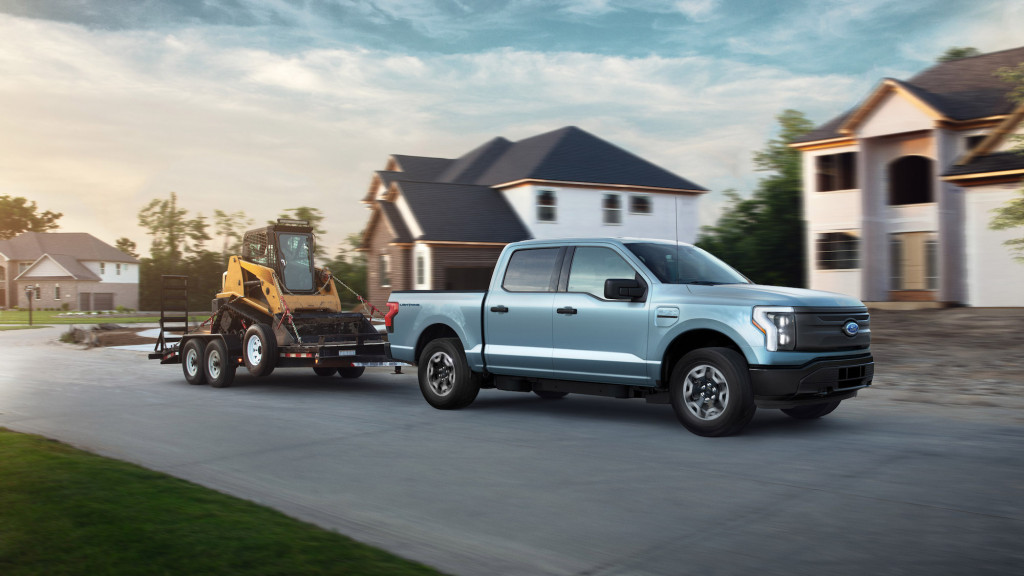Automakers that don't meet growing demand for EVs will gradually lose market share and struggle to find buyers for internal-combustion vehicles, Consumer Reports predicts.
A recent study by the publication's advocacy arm found that constricted supplies of EVs are creating pent-up demand that will play out over the next few years, reducing the potential market for gasoline and diesel cars.
CR noted that its surveys recorded a 350% increase in demand for EVs between 2020 and 2022, but predicts that current supply levels won't be able to satisfy that demand "until at least the end of the decade."

2023 Ford F-150 Lightning
"This rising tide of demand is projected to be met by lagging supply," according to a CR statement, "leaving many consumers who want a BEV to choose between settling for a gasoline vehicle they don’t want, joining an ever-expanding waitlist, or just waiting it out and holding onto their existing vehicle for longer."
Roughly half of U.S. EV sales are of vehicles from Tesla, and it stands so high in market share partly because of such limited EV availability from other brands—and because other brands haven't yet been as competitive on price, except for a few select models like the Nissan Leaf and Chevy Bolt EV.
The past couple of years are full of examples of high-profile EV launches restrained by supply-chain issues, price hikes, and greedy dealerships, raising prices and limiting availability on a wide range of critically-praised EVs from the Hyundai Ioniq 5 to the Ford F-150 Lightning. The latest round of price hikes—the fourth in less than a year after deliveries commenced—raised the Lightning's base price above $60,000.
One such example in not meeting EV demand is Toyota. With a dedicated EV platform years off, and a logic that hybrids are better, it's pushing the hybrids it wants customers to buy rather than, by the logic of this study, those they ask for.

2023 Hyundai Ioniq 5
CR predicts that, rather than go back to gasoline cars, consumers will wait out the current market chaos. It's a phenomenon known as the Osborne Effect, in which consumers forgo the purchase of something viewed as soon to be obsolete and wait for a better version. The implication is that consumers already view internal-combustion vehicles as part of the past.
California's zero-emission vehicle (ZEV) mandates, which aim for 68% sales (assumed to be mostly EVs) by 2030 and 80% EVs by 2035, are more in line with the trajectories of EVs in other countries where adoption has taken hold, CR notes. The California plan is more progressive than the Biden administration's stated goal of 50% by 2030.
At the same time automakers are facing some very mixed signals and survey results—like those from a 2022 Deloitte study that claims two-thirds of Americans don't want an EV yet and won't pay extra for electrification.












